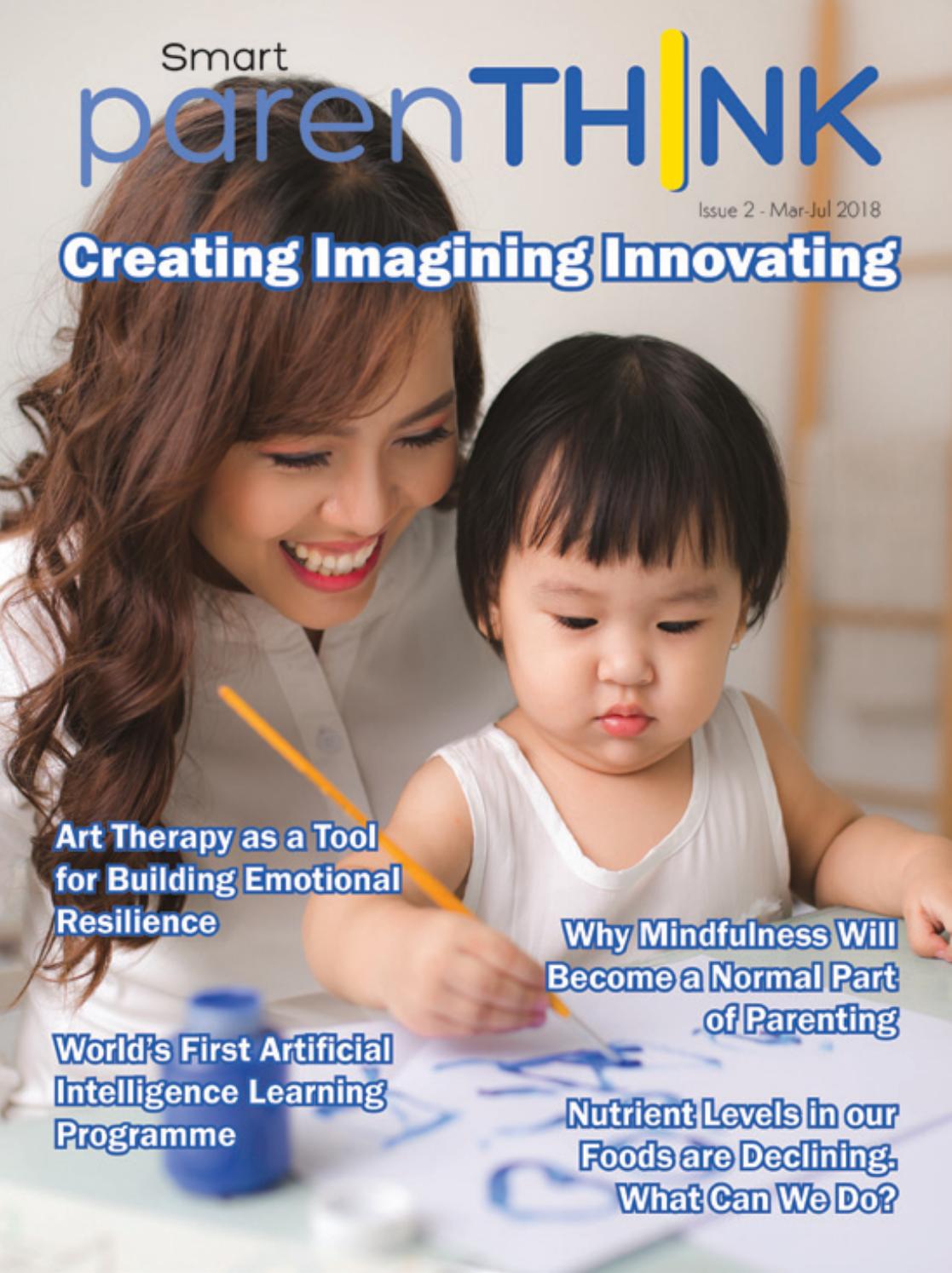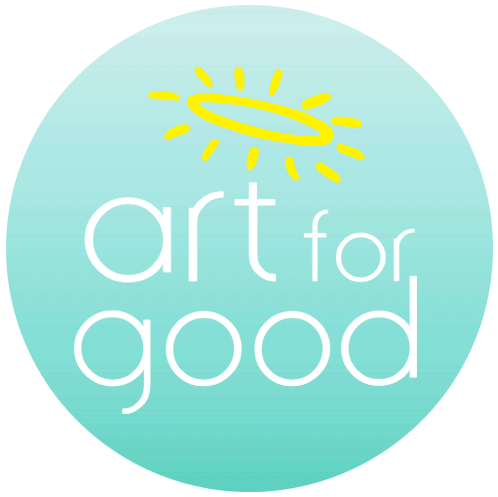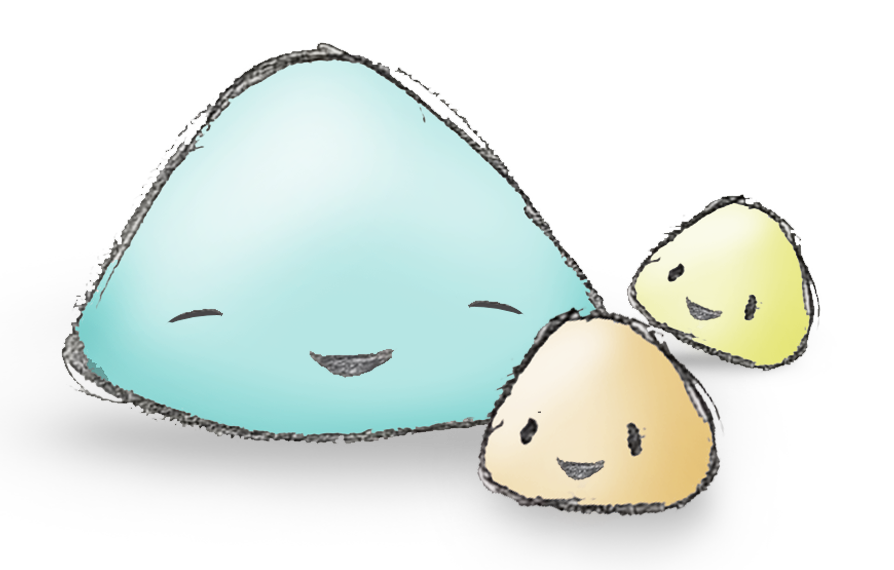
ART THERAPY AS A TOOL FOR BUILDING EMOTIONAL RESILIENCE
Smart ParenThink Magazine Issue 2 Mar-Jul 2018
Art therapy is a form of psychotherapy, facilitated by an art therapist, which uses art materials and art making as part of the therapeutic treatment. It does not rely on artistic knowledge or ability and there is no right or wrong way of expressing yourself through art. By accessing imagination and creativity, it focuses on the process and not on the finished product. The art therapy experience encourages the exploration of self through art making.
Art therapy is often used in building emotional resilience, especially in children. It works best by using ‘directive-based intervention’, guiding the child to use an art activity to overcome negative experiences which have been causing pain or creating blocks. The art itself becomes a non-invasive approach to enable the child to talk about sensitive and deep emotions through her artwork.
Art is often used as a tool for self-expression, allowing the child to get in tune, consciously and subconsciously, with her emotions. The art therapist assists in allowing the child to be aware, via the expression of art, of what may be lying in her subconscious. It allows the child to be more self-reflective; the therapist guides her in the reflection, perhaps introducing new perspectives. The therapist helps the child process these observations and experiences during the art-therapy session.
One activity I often use for a group art-therapy session on resilience uses the theme of spirit animals. Spirit animals, originating from Native American culture, are symbolic: they represent the strengths, values, attributes, etc, the child hopes to embody. The use of spirit animals allows children to positively reflect on themselves and to understand their perceived strengths, building up their concept of self and self-esteem.
After group members have picked their spirit animal, they proceed to create a home for it, one where the spirit animal will thrive. They then share all this with the group. This exercise allows participants to explore what is important to them, what makes them happy, and what is essential for survival. During this activity, we carefully employ positive psychology to reinforce the traits required for true, sustainable happiness.
Finally, participants are told to hold on to their spirit animals while their homes are shuffled and distributed among the group. Now the spirit animal will have a foreign home. The final instruction to the group is to come up with improvements to the new home so as to make the home more suitable for the animal. This exercise allows participants to reflect on how they solve problems, adapt to new situations, and overcome difficulties.

The resilience-enhancing capacity of art expression are not found in any one art-based activity, but are inherent in the characteristics of art-making itself, and also come about from the relational dynamics between the individual and therapist.
Resilience exists in every individual; children, particularly, are naturally resilient. Sometimes, all you need is a well-meaning adult (parent, teacher, therapist) to point this out, to highlight a child’s strengths.
Art therapy provides an opportunity to think about resilience, about how different individuals have different coping strategies and mechanisms. Art therapy fulfills the necessity of nurturing, enriching and absorbing beneficial experiences, in both children and adults, so that neurological pathways are primed with good feelings.
Please contact us if you are interested in having art-therapy workshops or sessions at your school, workplace or organisation. Art for Good is a social enterprise which advocates providing mental-health support through art therapy. More information can be found on https://artforgood.sg/



 Amanda Chen
Amanda Chen